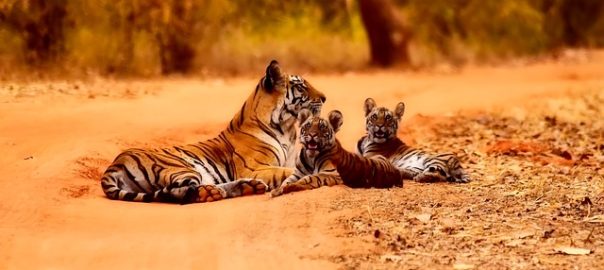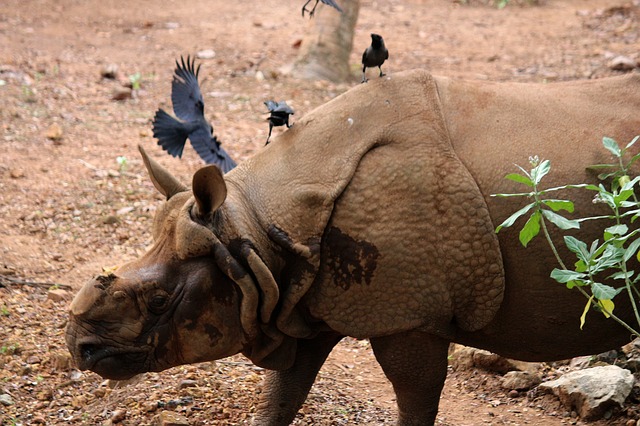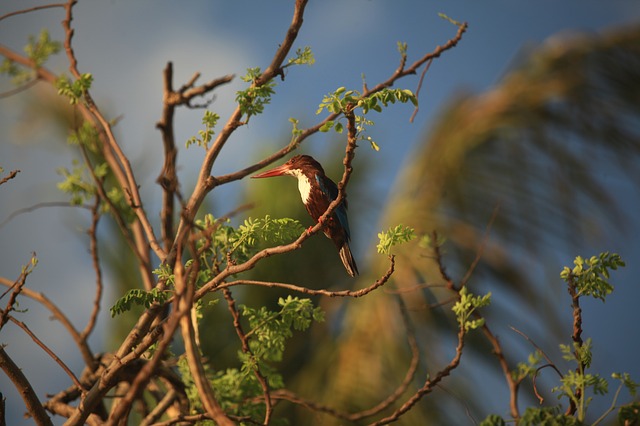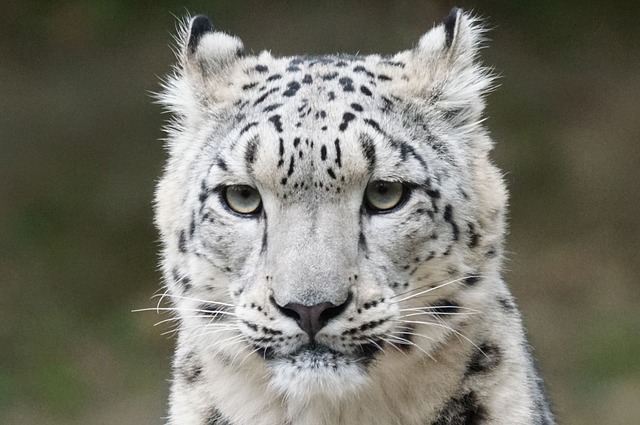Our planet may be undergoing the sixth mass extinction, believe many scientists placing three fourth of animals on the planet at risk. In an attempt to learn more on which species could be the most threatened a new study has found out that the largest and the smallest species on Earth are facing the highest risk of extinction.
Scientists studied 27, 647 vertebrate species of the 44,694 assessed by the International Union for Conservation of Nature (IUCN). These included mammals, birds, reptiles, amphibians, and fish. The results were published in the Proceedings of the National Academy of Science and reveals that the species with the highest and the lowest body mass were at more risk of extinction than those in the medium mass range.
Read More: Big Dams Causing Extinction of Species
“[H]uman activity seems poised to chop off both the head and tail of the size distribution of life,” they write. “This compression of the size distribution of vertebrate life not only represents a radical shift in the living architecture of our planet, but is likely to precipitate consequential shifts in ecological functioning.”
The greatest threats
‘Harvesting’ or deliberate killing by humans is what the researchers found to be the biggest threat to large animals. This included,
- Hunting
- Trapping for meat consumption
- Regulated and unregulated fishing
- Use of body parts as medicine
- Unintentional killing due to bycatch
They found, about 90 percent of all threatened species larger than 2.2 pounds (1 kilogram) in size are being threatened by harvesting.
On the other hand, smaller species generally less than 1.2 ounces (35 grams) in body weight were primarily threatened by habitat degradation which are caused by,
- Cropping
- Logging
- Development
- Pollution
The threat is more for the smaller species because the habitat which is destroyed is usually the only ecosystem these animals have. Some of the species the researchers noted as under extreme risk are Clarke’s banana frogs, sapphire-bellied hummingbirds, gray geckos, hog-nosed bats and waterfall climbing cave fish.
“Knowing how animal body size correlates with the likelihood of a species being threatened provides us with a tool to assess extinction risk for the many species we know very little about,” says William Ripple, professor of ecology at Oregon State University (OSU) and lead author of the study.
What the study shows is that different species need different ways of protection to ensure their survival. Also, apart from poaching and over harvesting, habitat conservation is crucial for the smaller species to remain safe.








2 thoughts on “The Largest and the Smallest Animals Have the Highest Risk of Extinction”